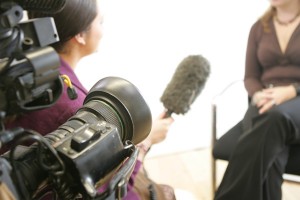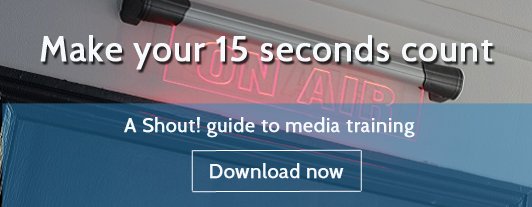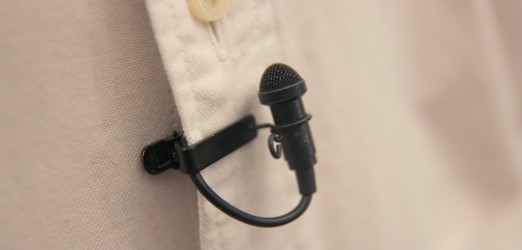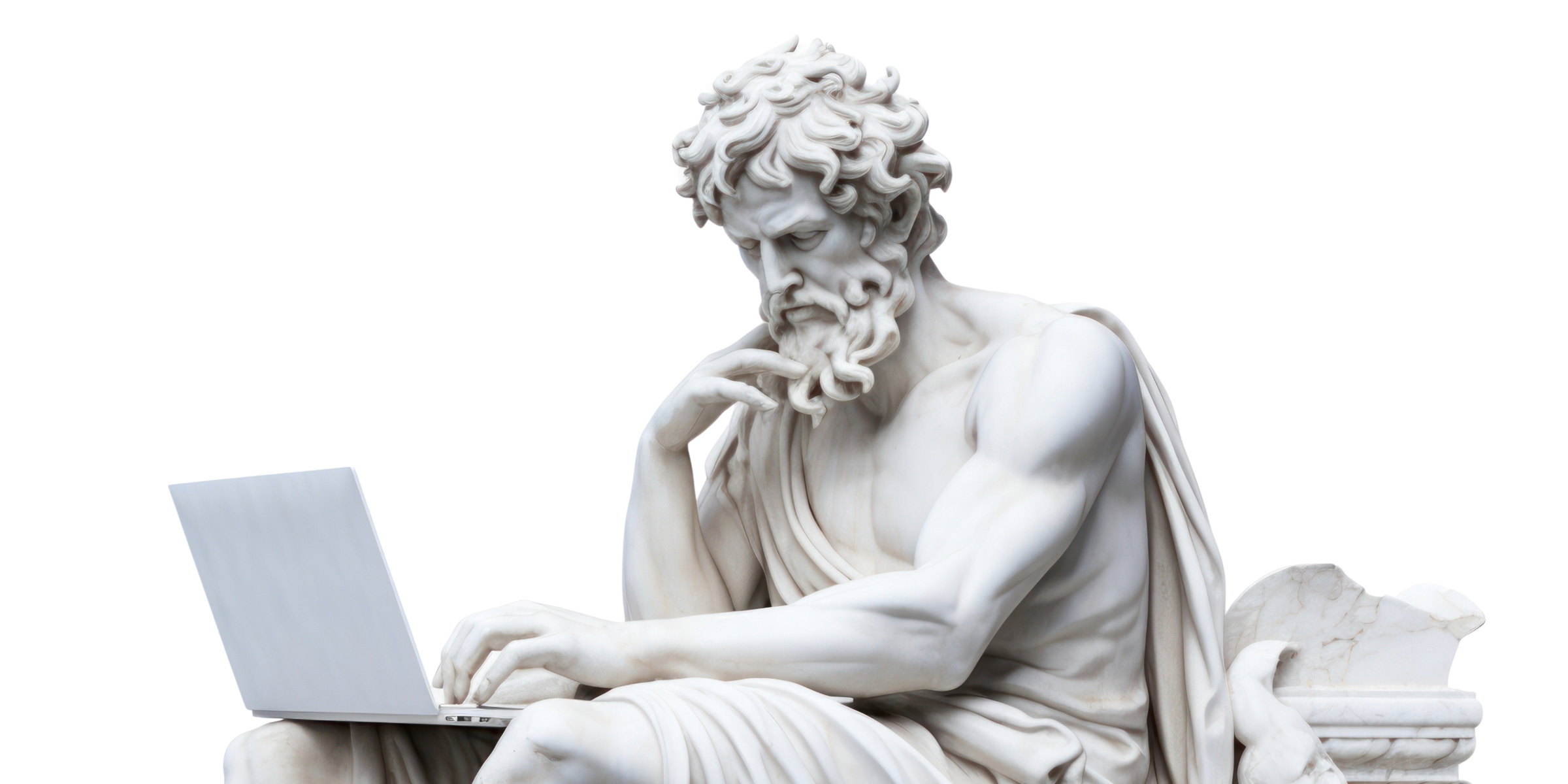In terms of broadcast PR a successful interview is a fine balance between giving the journalist what they want at the same time as promoting your brand or product.
The three Ps:
If you’re asked to do a TV interview, there are three things you need to consider, and we’ve handily broken them down in to the three Ps so you’re less likely to forget them: Preparation, Presentation and Performance. By giving each of these careful consideration, you’ll go in to your interview feeling confident and relaxed, and are more likely to come out of it feeling you’ve maximised your opportunity.
Preparation:
Before you start worrying about what to wear and where the studio is, make sure you’re fully prepared for the interview.
Prepare a message beforehand so that once the interviewer poses his or her questions, you can centre all or most of your answers around your key message(s). It should be concise and to-the-point. Preparing it beforehand allows you to focus more on shaping it as a sound bite during the interview, as opposed to having to develop your message and sound bite on the spot.
Any more than three key messages and you’ll find it hard to get them across naturally. Always try and consider the other side of the argument, and have answers prepared in case it is put to you. Don’t be afraid to ask the journalist what they’ll be asking – they probably won’t give you a list of questions but they should give you an idea of the topics and angle that they are planning to take, which can help you to be as prepared as possible
Ask yourself the following questions:
– Am I the right person to do the interview
– Who is the audience?
– Is there another side to the story?
And ask the journalist the following questions:
– Who is doing the interview?
– Is it live or pre-recorded?
– How long will the piece be?
– Who else will be interviewed?
– What’s the angle?
– What are the questions?

Presentation:
Research suggests that how you look and how you behave on screen has a much bigger impact than what you actually say in a television interview.
Television opportunities are hard to come by so when you get them, you need to make the most of them. Image, therefore, is just as important as correct messaging.
You should wear clothes and have your hair in a style that projects the image you want people to have of you or your company. Often this comes down to stereotypes – a corporate spokesperson should probably be suited and booted, but the spokesperson for a charity is more likely to be smart-casual.
For a TV interview there are few outfit tips which will help you to come across better on screen. Try to avoid wearing all black or all white and fussy patterns can cause problems for cameras so ideally stick with block colours. If you wear glasses we would recommend keeping them on – you might feel you look better without them, but if you start squinting in to the camera you might regret not wearing them.
Finally, if you’re offered make-up always say yes. And if you’re not offered make-up please take at least some face powder with you to the interview. That goes for men as well as women! Studio lights – and even portable lights used for filming on location – can get very hot. The last thing you want is a shiny face.
Performance:
Above all remember that radio or television audiences, for news or programming, are all after the same thing – entertainment.
Regardless of whether the story is serious or frivolous good spokespeople share the same qualities.
They are enthusiastic, with formed opinions and lots to say. Above all they use their opportunity, be it on radio or TV, to perform.
When the interview is taking place try to come across as enthusiastic. The perfect spokesperson is authoritative, entertaining and opinionated, and if you enthuse it will help the audience to engage with you as an interviewee.
If you do get tongue-tied force yourself to stop and then start again, rather than going round in circles. Try to avoid waffling or digressing, and no matter how provocative the interviewer is being don’t lose your temper or pick a fight.
It might feel like you’re getting one over on the interviewer at the time, but when you see the footage back you’re likely to feel embarrassed and it may even be detrimental to your organisation.
Try to avoid being too technical and don’t assume audience knowledge – things that you take for granted might not be obvious to the audience, so it’s always worth explaining yourself and steering away from jargon or complicated processes.
The most important thing to remember when taking part in a broadcast interview is to enjoy yourself – you wouldn’t have been invited to take part if the journalist didn’t think you were an appropriate interviewee so have confidence in yourself and your answers and have a good time.
Getting out of trouble:
Nothing is 100% off the record. Once the mic is live or the camera switched on you are being recorded. Whatever you say — anywhere — can follow you around endlessly and perhaps disastrously. If you don’t know the answer to a question, say so.
Watch your body language. Even in positive interview situations, interviewees sometimes look tense or stiff, which can have a big impact on credibility. If there is time, do some breathing exercises or walk around to relax your body.
Learn how to “bridge.” We call it ABC – Acknowledge, Bridge and Change to what you do want to talk about. This technique allows you to deflect any attempts to derail your message. “Bridging” creates a transition so that you can move from one subject to the message you want to communicate. First answer the direct question, then transition to your message.
After the event… Finally, it’s not over when it’s over. Make sure that you track the results and get reviews of your performance. Ask peers how well you communicated your message. Be clever and brave enough to make the necessary improvements, so you do even better next time.
If you’re interested in media training, contact the team at Shout! who provide practical training which will help you to really make the most of any television interview.Nothing is 100% off the record. Once the mic is live or the camera switched on you are being recorded. Whatever you say — anywhere — can follow you around endlessly and perhaps disastrously. If you don’t know the answer to a question, say so.
Watch your body language. Even in positive interview situations, interviewees sometimes look tense or stiff, which can have a big impact on credibility. If there is time, do some breathing exercises or walk around to relax your body.
Learn how to “bridge.” We call it ABC – Acknowledge, Bridge and Change to what you do want to talk about. This technique allows you to deflect any attempts to derail your message. “Bridging” creates a transition so that you can move from one subject to the message you want to communicate. First answer the direct question, then transition to your message.
After the event… Finally, it’s not over when it’s over. Make sure that you track the results and get reviews of your performance. Ask peers how well you communicated your message. Be clever and brave enough to make the necessary improvements, so you do even better next time.
If you’re interested in media training, contact the team at Shout! who provide practical training which will help you to really make the most of any television interview.




